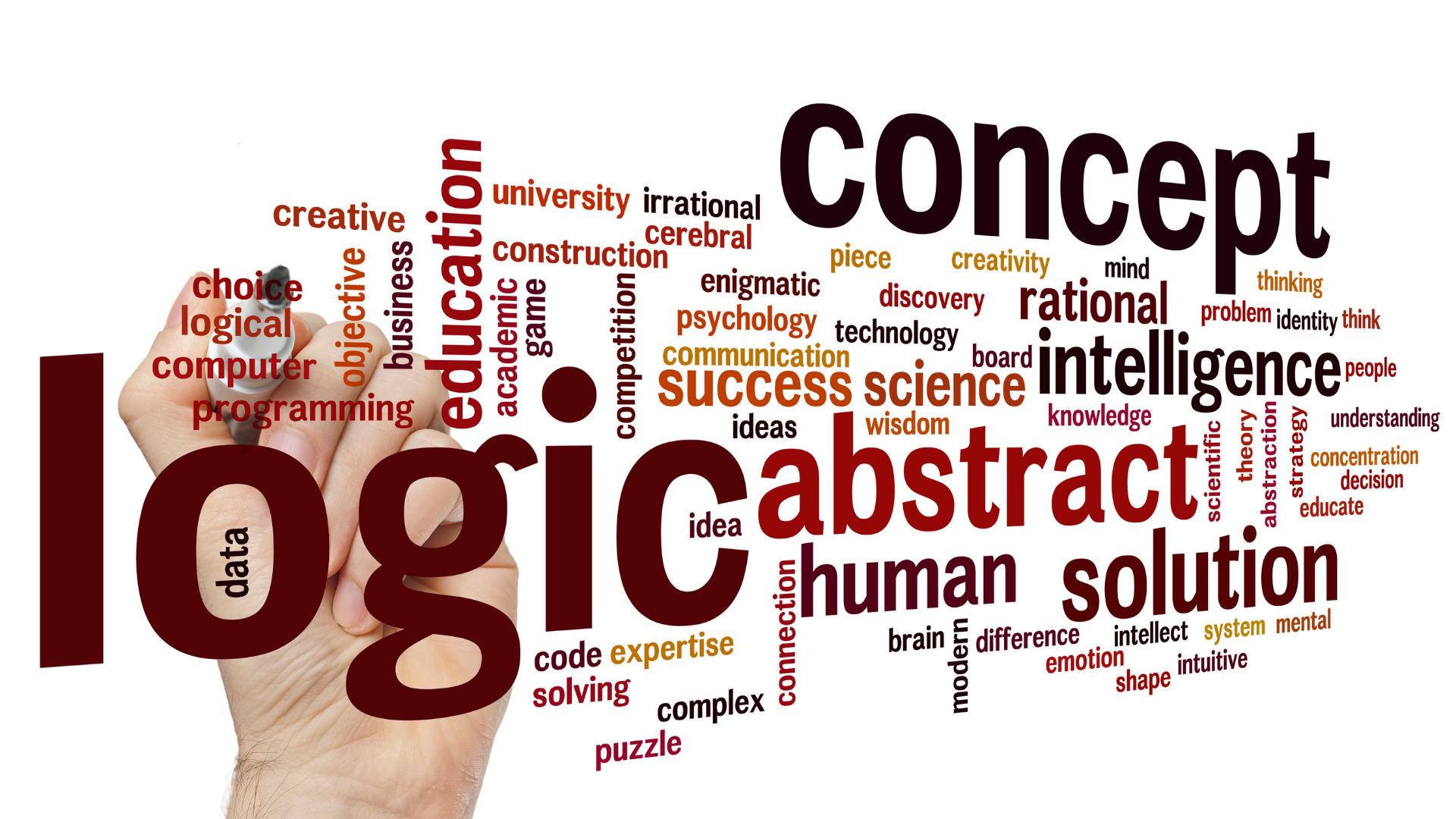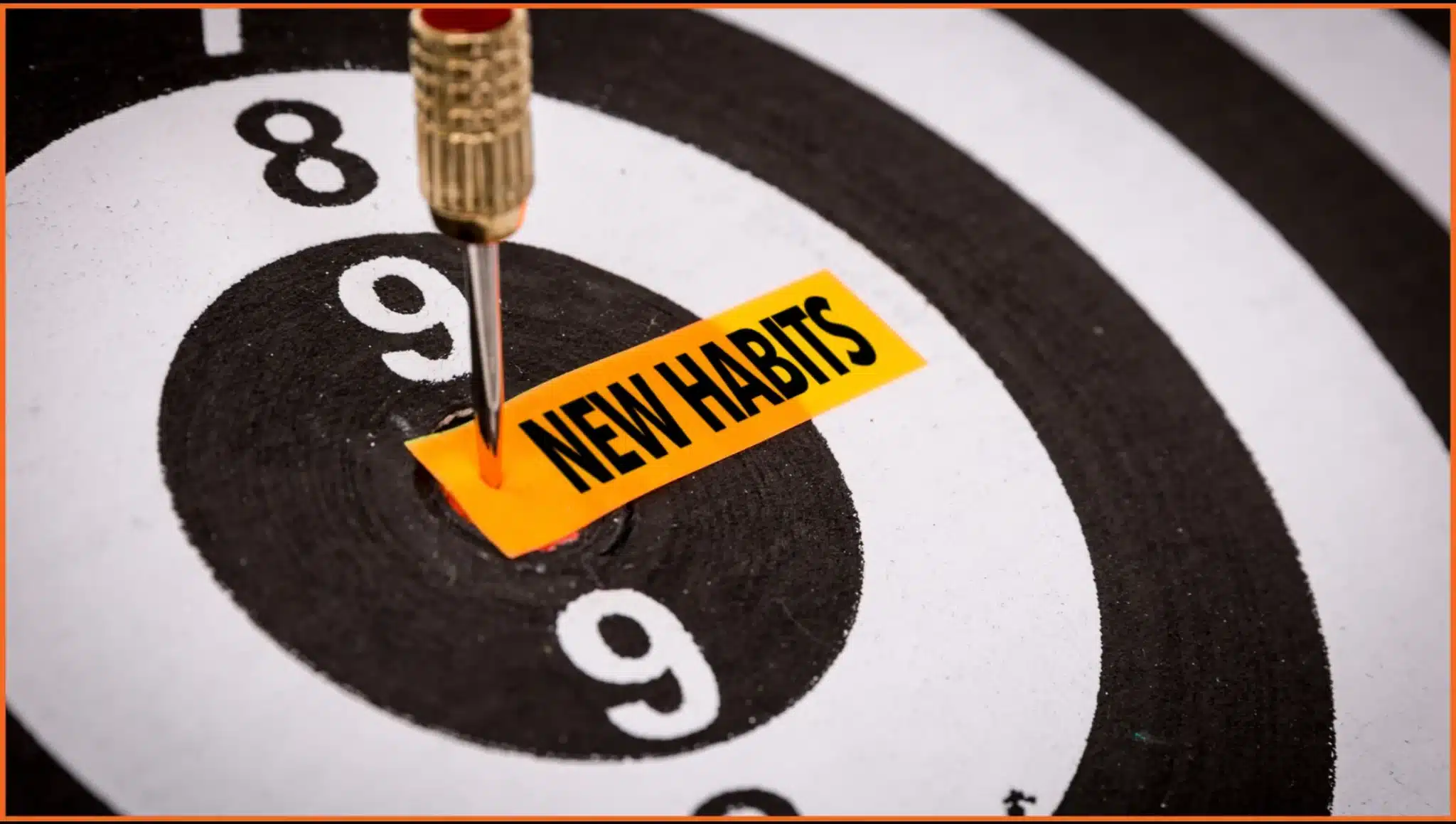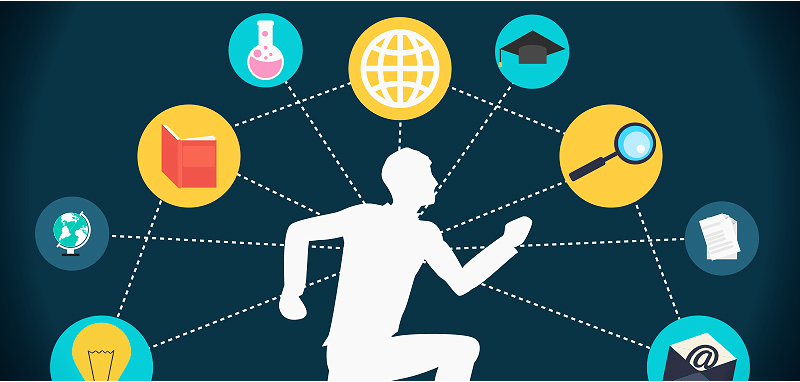Have you ever stopped to think about how many decisions you make in a day? From choosing your morning routine to responding to emails and evaluating team performance, you’re making hundreds, if not thousands, of choices. While we like to think we’re being rational, science and experience tell us otherwise: our decisions are often influenced by subconscious mental shortcuts known as cognitive biases.
In our experience working with teams across industries, we’ve seen firsthand how these biases show up in day-to-day decision-making. Whether it’s during hiring, team performance reviews, or even casual brainstorming sessions, unconscious bias can quietly shape outcomes in powerful ways.
Understanding and addressing these biases isn’t just about fairness – it’s about better decision-making, stronger collaboration, and building truly inclusive, high-performing teams.
Related Reading: Know Your Unconscious Bias
What Are Cognitive Biases?
Table of Contents
Cognitive biases are systematic patterns of deviation from norm or rationality in judgment. In simpler terms, they’re mental shortcuts that help us process information quickly but they can lead us astray. They are rooted in how our brains are wired to handle information overload, emotional experiences, social dynamics, and even survival instincts.
While some biases are harmless, many can impact how we perceive others, how we evaluate situations, and ultimately how we lead and work with our teams. For corporate environments, particularly in learning and development (L&D), HR, and leadership circles, recognizing these patterns is critical.
We’ve compiled a list of 10 cognitive biases that we frequently see at play in corporate environments; and ways we’ve found to address them effectively.

1. Affinity Bias (“Similar-to-Me” Bias)
What it is: We tend to favor people who are similar to us in background, beliefs, interests, or appearance.
How it shows up: In hiring or promotions, leaders may unconsciously prefer candidates who attended the same university or share similar interests.
Our experience: In our work with diverse hiring panels, we’ve noticed that simply being aware of this bias – through structured training or moderated discussions – can significantly reduce its impact.
What you can do: Implement structured interview processes with objective criteria. Use diverse interview panels. Invest in bias-awareness training.
2. Ageism
What it is: Making assumptions based on a person’s age.
How it shows up: Believing younger employees are more tech-savvy or assuming older employees are resistant to change.
In our work: We’ve seen highly experienced employees sidelined because of age-based assumptions, despite their ability to adapt and innovate.
What you can do: Focus on skills and contributions rather than stereotypes. Use intergenerational team-building exercises to bridge gaps and build mutual respect.
3. Attribution Bias
What it is: Overemphasizing personal characteristics to explain someone’s behavior while underestimating situational factors.
Example: If someone misses a deadline, we may assume they’re lazy rather than considering they were overwhelmed with tasks.
Our insight: This bias frequently surfaces during performance evaluations. We encourage leaders to assess based on behavior and context.
What you can do: Train managers to ask clarifying questions before jumping to conclusions. Use 360-degree feedback mechanisms.
4. The Halo and Horn Effect
What it is: Letting one positive (or negative) trait overshadow all others.
How it shows up: An employee praised for a past project might continue receiving positive evaluations even if their current performance is average. Conversely, one mistake might permanently taint someone’s image.
What we’ve seen: The impact of this bias is most damaging in long-term development and promotion discussions.
What you can do: Use data and KPIs to assess performance. Encourage regular feedback rather than annual reviews.
5. Name Bias
What it is: Judging someone based on their name and perceived background.
How it shows up: Skimming through CVs and making unconscious judgments based on names that appear foreign or unfamiliar.
Our experience: Some clients found anonymizing resumes (removing names and identifying details) helped level the playing field.
What you can do: Standardize resume screening procedures and remove identifying information during early stages.
6. Appearance & Weight Bias
What it is: Making judgments based on someone’s physical appearance.
How it shows up: Assuming someone’s competence or professionalism based on body type or how they dress.
What we’ve observed: This is one of the harder biases to talk about – but it exists. We’ve seen talented individuals miss opportunities because of deeply ingrained aesthetic standards.
What you can do: Train teams to focus on behavior and outputs. Include conversations on this topic in DEI sessions.
7. Past Performance & Recency Bias
What it is: Giving undue weight to either long-past successes or only recent actions.
How it shows up: Promotions based on a big success years ago or appraisals skewed by a recent misstep.
What we’ve seen: Balance is key. Performance should be viewed as a continuum, not a snapshot.
What you can do: Use structured appraisal tools that review performance over time. Encourage regular check-ins.
8. Gender Bias
What it is: Preferring one gender over another, consciously or unconsciously.
How it shows up: Interrupting female colleagues more often, assuming men are more authoritative, or assigning leadership roles based on gender.
In our training sessions: We often use role-play to help leaders become more aware of subtle gender dynamics at play.
What you can do: Run regular gender-sensitivity training. Review pay, promotion, and feedback data by gender.
9. Conformity Bias
What it is: Going along with the group, even if you disagree.
How it shows up: In meetings, team members may agree with the loudest voice instead of voicing concerns.
In our workshops: We’ve noticed that introducing anonymous polling before group discussions helps surface more diverse opinions.
What you can do: Encourage psychological safety. Use silent brainstorming techniques before group decision-making.
10. Distance Bias
What it is: Giving preference to what’s close to you, geographically or mentally.
How it shows up: Giving more attention to in-office employees than remote ones.
We’ve noticed: With the rise of hybrid workplaces, this bias has become more pronounced.
What you can do: Be deliberate about including remote employees in high-visibility projects. Schedule regular video meetings to stay connected.
Strategies to Overcome Bias
Recognizing bias is only the beginning. Building a culture of awareness and action is what leads to lasting change. Here are some strategies we’ve implemented with our clients:
1. Structured Decision-Making
Use rubrics, checklists, and standardized templates for hiring, feedback, and evaluations. Reduce room for subjective judgment.
2. Bias Training That Works
Make training experiential. In our sessions, simulations and scenario-based discussions create powerful aha moments.
3. Promote Psychological Safety
Encourage an environment where people can speak up without fear of judgment or retribution. This helps uncover biases early.
4. Use Data to Diagnose and Improve
Collect and analyze data related to hiring, promotions, attrition, and performance—broken down by age, gender, background, etc.
5. Continuous Conversations
In our experience, the most inclusive organizations are those where conversations around bias, inclusion, and equity are ongoing—not a one-off initiative.
Related Reading: A gamified workshop experience to understand unconscious bias and Diversity & Inclusion at the workplace

Final Thoughts: Why This Matters
Biases are not inherently bad – they’re a natural part of how we’re wired. But unchecked, they can cause harm: missed opportunities, skewed decisions, and disengaged teams.
In the realm of Learning & Development, acknowledging and addressing bias is a core part of leadership development. We’ve seen organizations transform their cultures just by taking consistent, small steps.
As professionals in the L&D and HR space, the more we shine a light on these unconscious patterns, the more we empower our teams to thrive.
Awareness, intention, and a willingness to challenge our own perspectives – that’s where inclusion truly begins.
Let’s keep the conversation going.
What biases have you noticed at work? And how have you addressed them in your organization?









